How to Create a Colour Palette (Part I)
There are many ways to build a colour scheme depending on where you’re at in your decorating journey. Do you have a clean slate? Do you have existing pieces to work with? Do you have a piece you LOVE and want to showcase? Each approach shares parts of the method, but this article focusses on how to create a colour palette from scratch!
Choose an Inspiration Piece
Don’t dash off to the paint store just yet! That’s putting the cart before the horse, because while there are endless paint colours to choose from, the decor options in your style and budget won’ttt be so numerous. So first thing’s first: find an inspiration piece — aka your “jumping off point” — which will inform the rest of your colour and decorating decisions.
Depending on the room, this might be an area rug, a bedspread, or a piece of art. It should contain a few colours you love and want to repeat throughout your home using paint, textiles, decor, etc. Let’s do some examples!
Example 1: Earth Tone Rug
When shopping for rugs, it’s great if you can actually see it first. Try HomeSense, Home Depot, Walmart, Liquidation Outlets, and Facebook Marketplace for affordable options.
However, there‘s wayyy more selection (and often better prices) via online stores like Wayfair and Overstock, and it IS possible to successfully purchase home decor pieces online (blog post coming soon)! Don’t forget to “heart”/”favourite” items you like along the way so you can compare your top choices at the end.
It’s also helpful to create a concept board by copy/pasting product images into a program like PowerPoint, or better yet, Milanote. This helps ensure your pieces will pair well together, so the end result looks intentional and cohesive!
TIP: Your rug should be large enough to fit comfortably underneath the front legs of all your living room furniture. Look at 6’x9’s or 8’x10’s depending on the size of your space.
Say you love earth tones and choose this rug…
CB2 | Sundown Handloomed Rug with off-white, beige, blush, sage, and warm black tones.
Pull together your palette…
Add coordinating furniture…
And repeat the accent colours in your decor!
Where blush is the main colour in this living room, sage might be the main colour in another room. Still another room may only use those colours for accents and details, keeping the main components neutral. Repeating your colour palette throughout your home using different ratios is the key to creating a cohesive, designer look.
Example 2: Neutral Rug
Check out this next example if you prefer a more neutral look.
Say your inspiration piece is this lovely rug from Wayfair. Pull cream, beige, camel, blue-grey, and navy for an understated yet sophisticated colour palette.
And add some decor…
When working with more subdued palettes, try combining patterns and textures to add interest!
Example 3: Colourful Painting
If you find some art you love, follow the same steps as above! (Note: If your inspiration art is more muted, your resulting palette will be muted too, but the process is the same.)
Say you love bolder tones and buy this piece of art…
Pull together your palette…
By the way, you don’t have to use ALL the colours in the piece — just zero in on your favourites and use one as your main colour and a couple others as accent colours.
Bring in coordinating furniture and accents…
Possible bedroom arrangement using teal as the main colour and orange & green as accents.
Finding your inspiration piece is the hard part. Once you’ve decided on a rug, painting, bedspread, etc., simply let it guide you through the rest of your project! If you’re also painting, choose a coordinating neutral or toned-down colour from your inspiration piece to pull the room together. Design and decorating are so much easier when you have a method to follow!


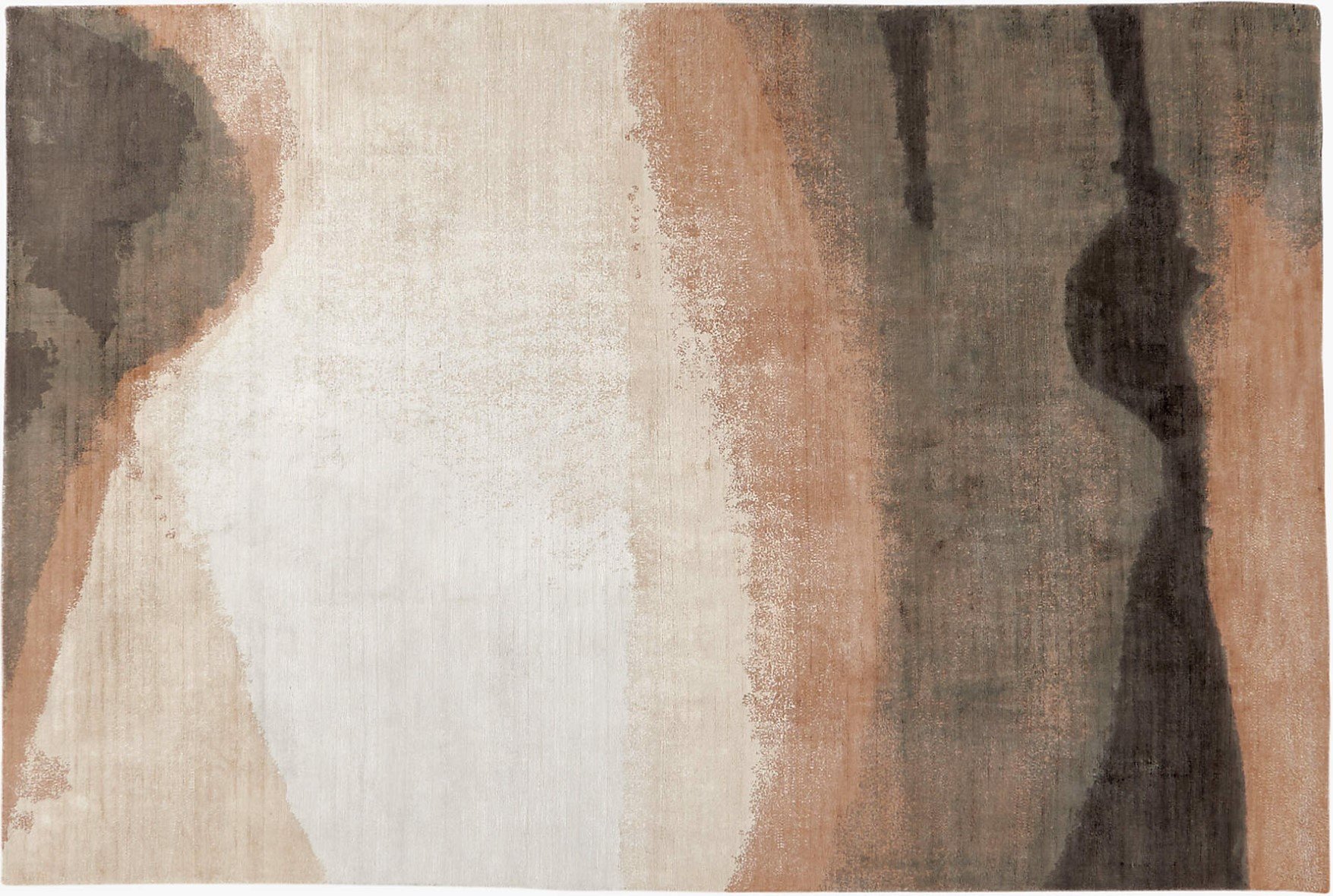




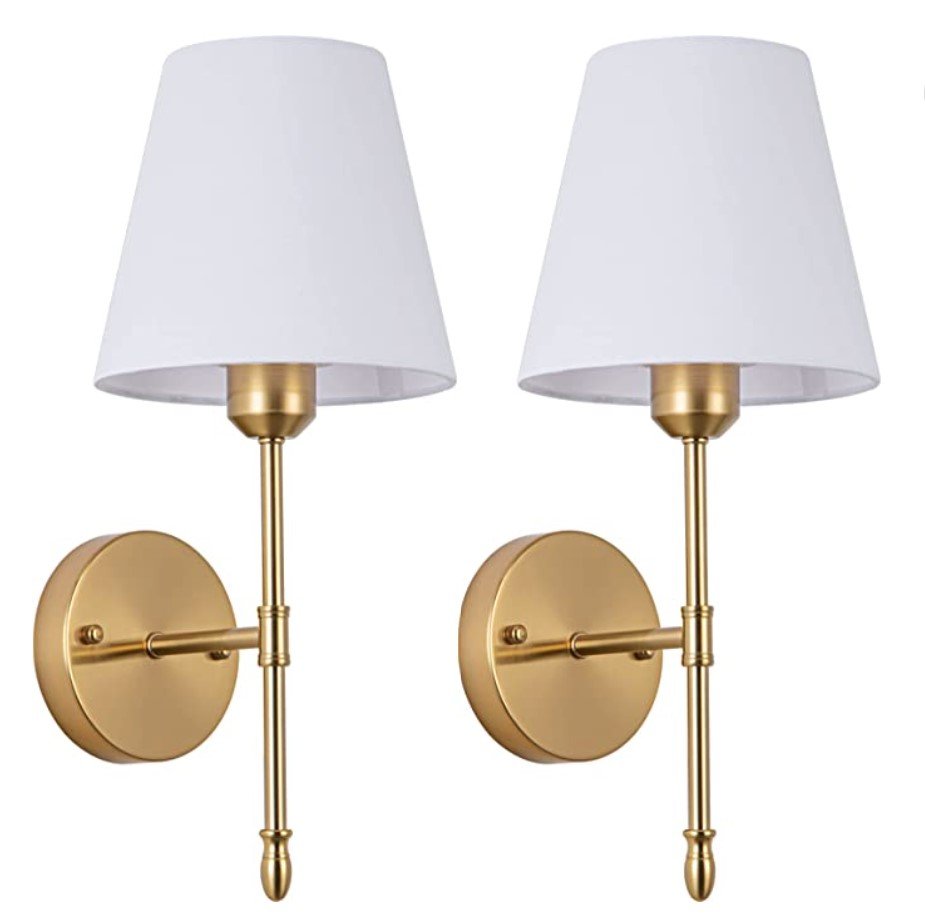
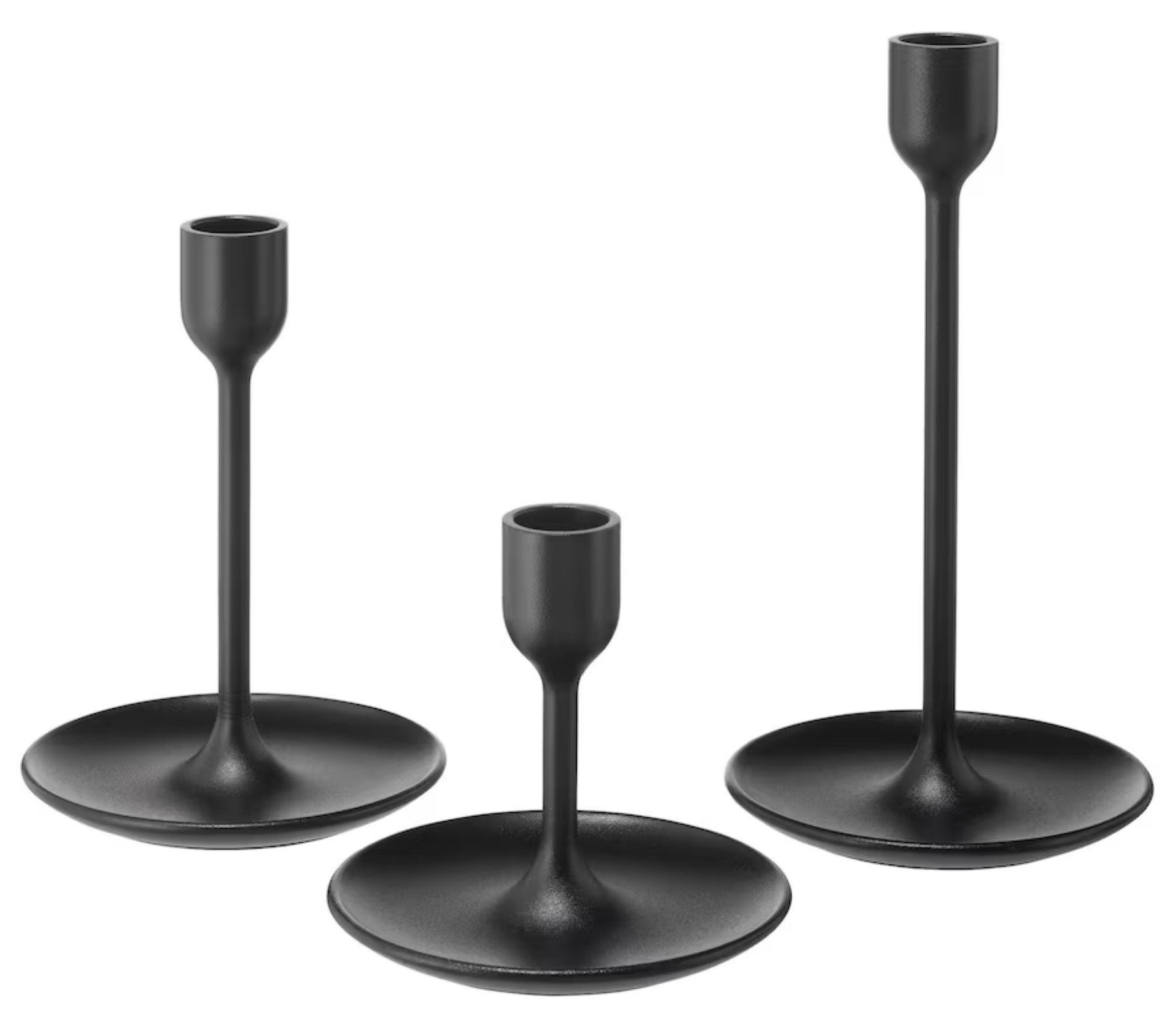


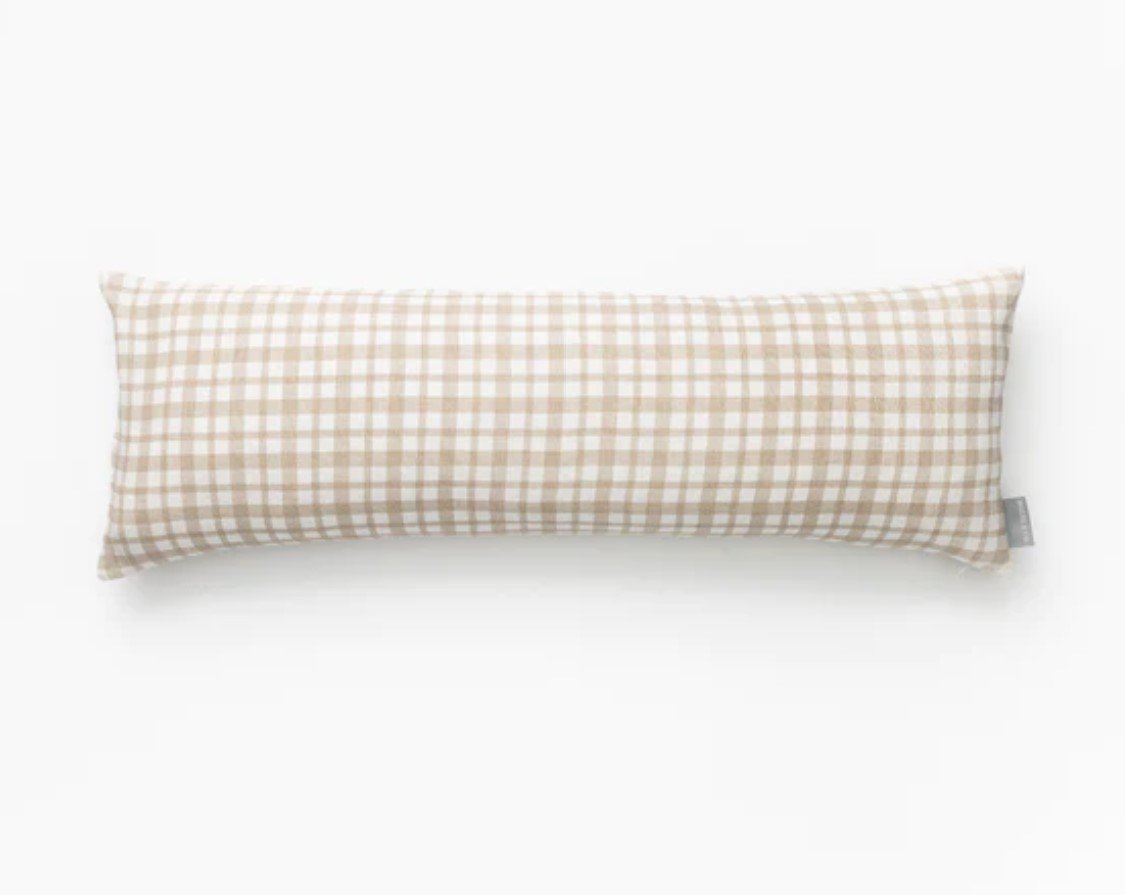
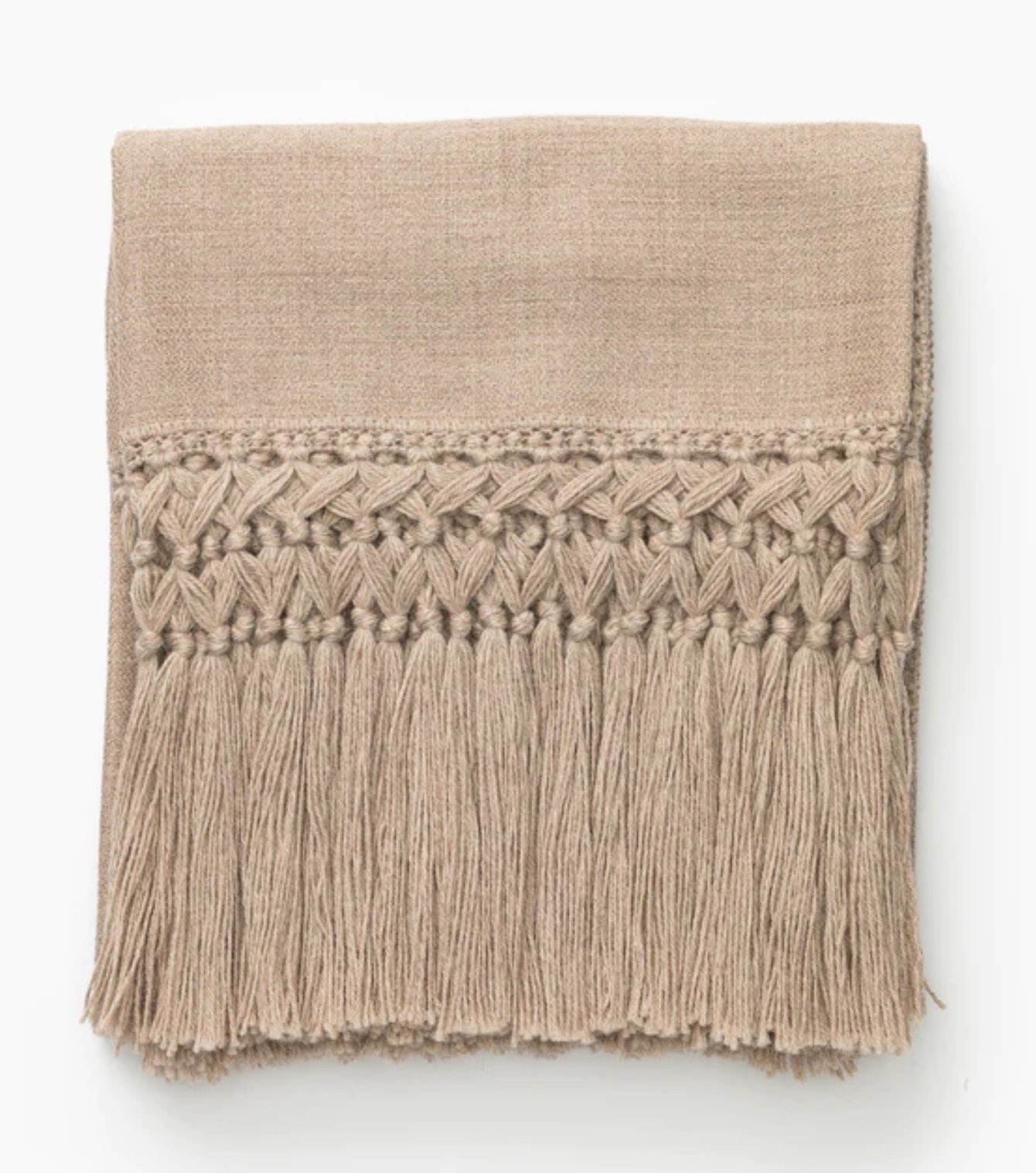
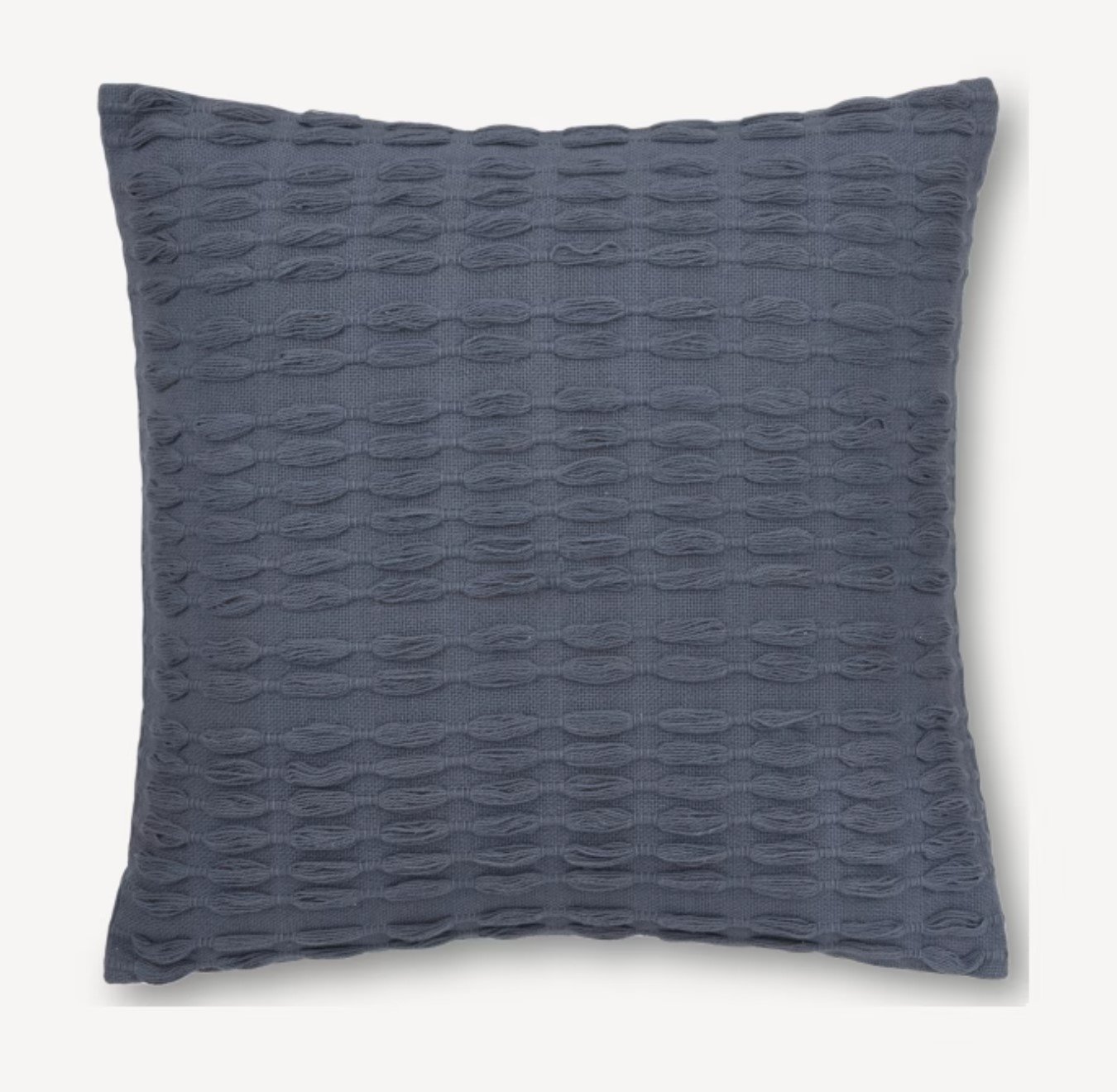

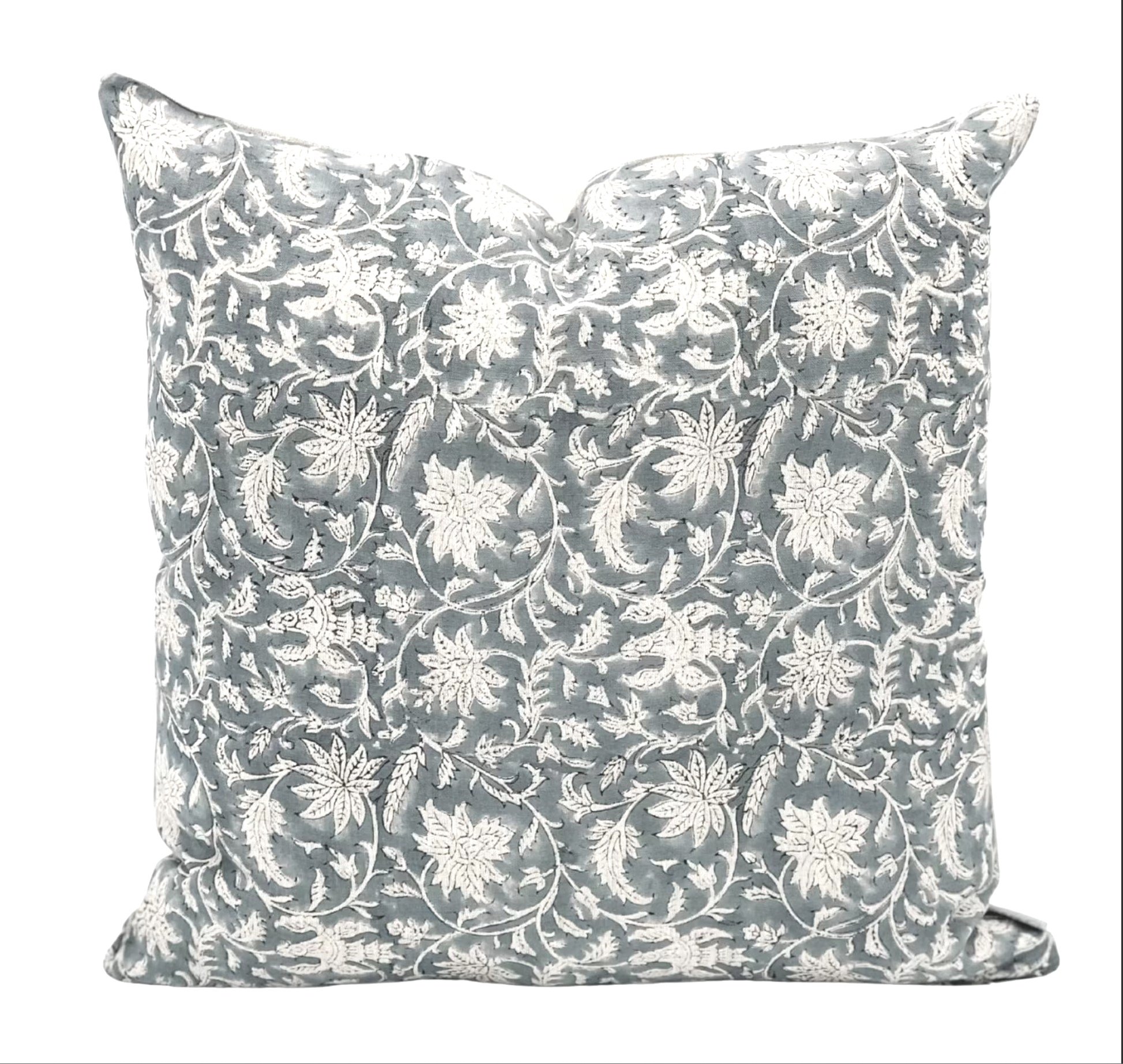






If you find this design advice valuable and you’re able to leave a token of appreciation, I am deeply grateful. Thank you for your support!